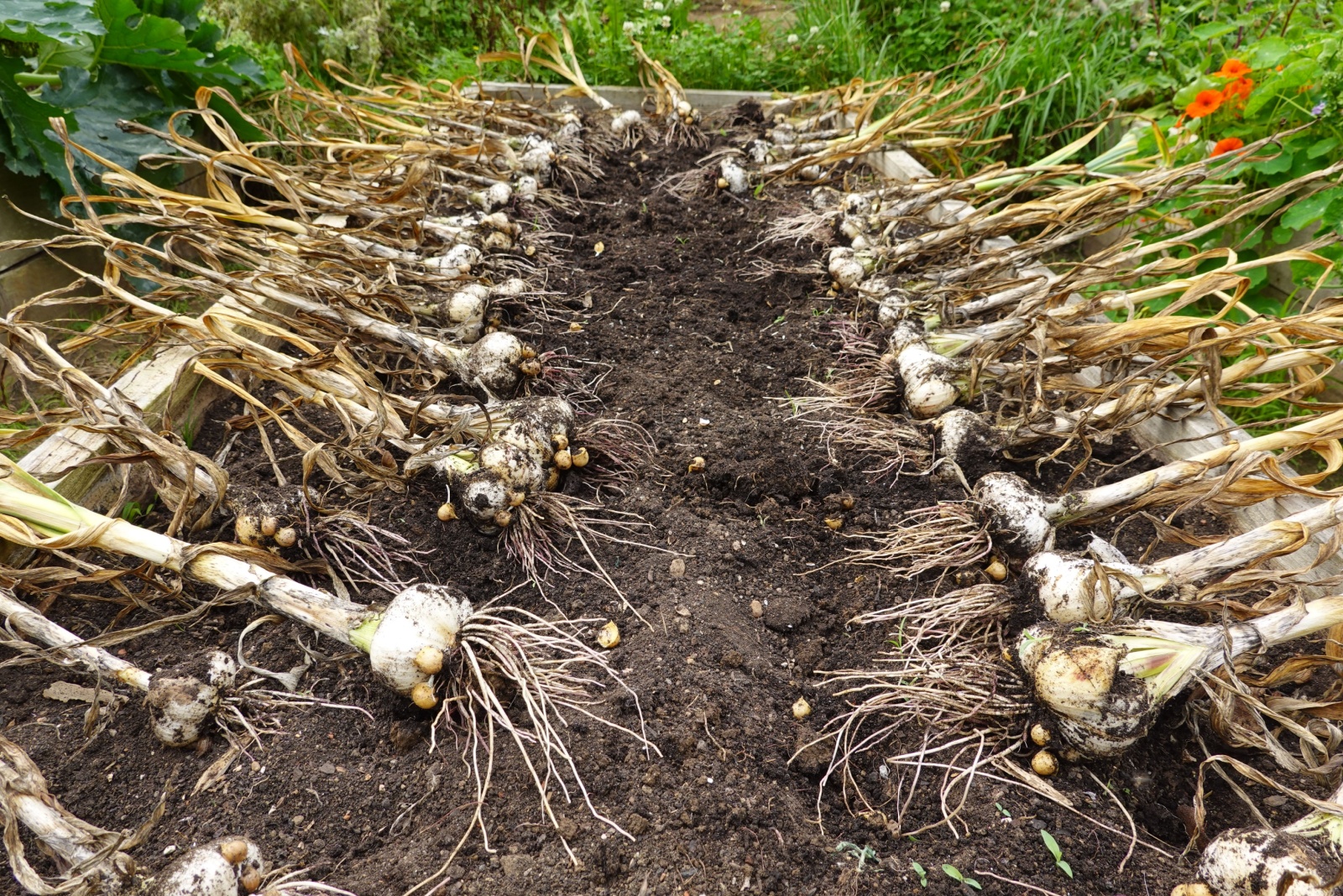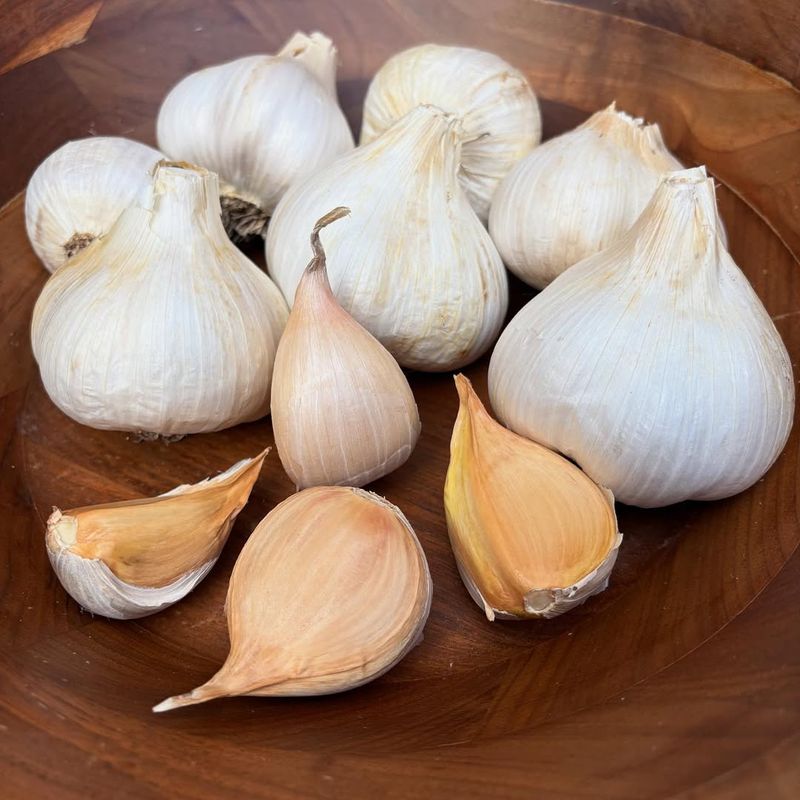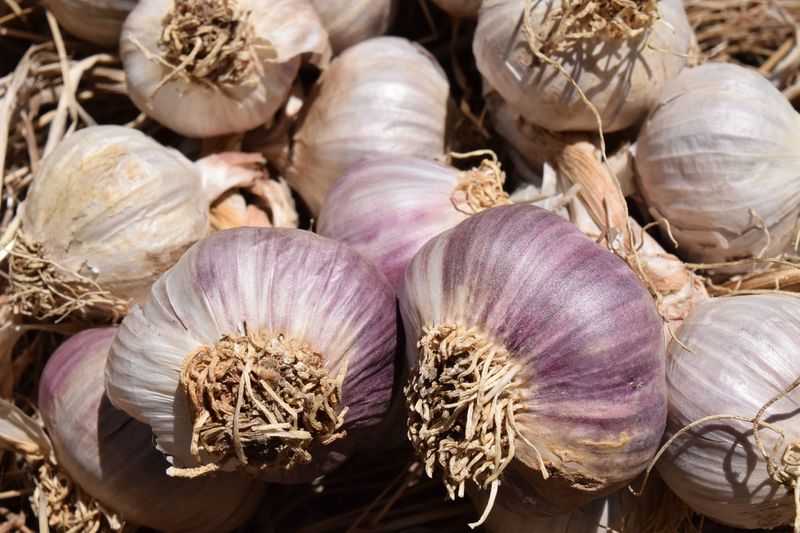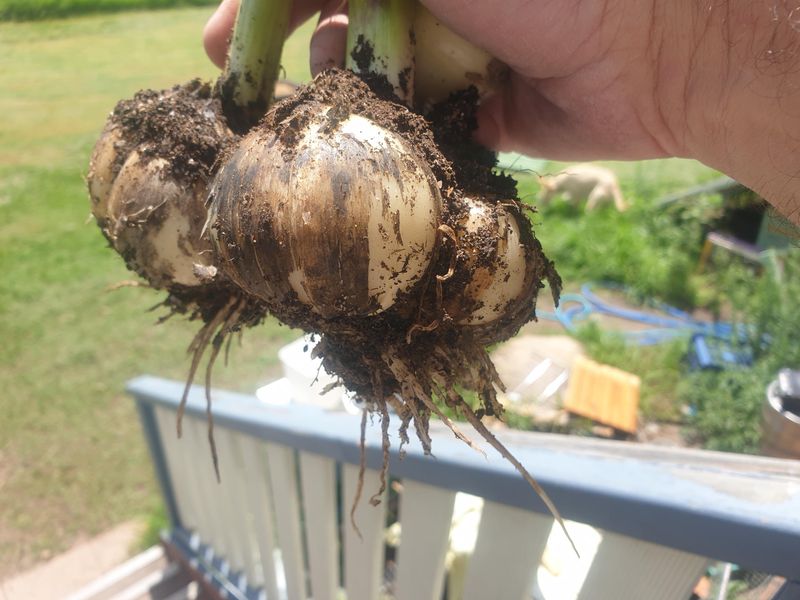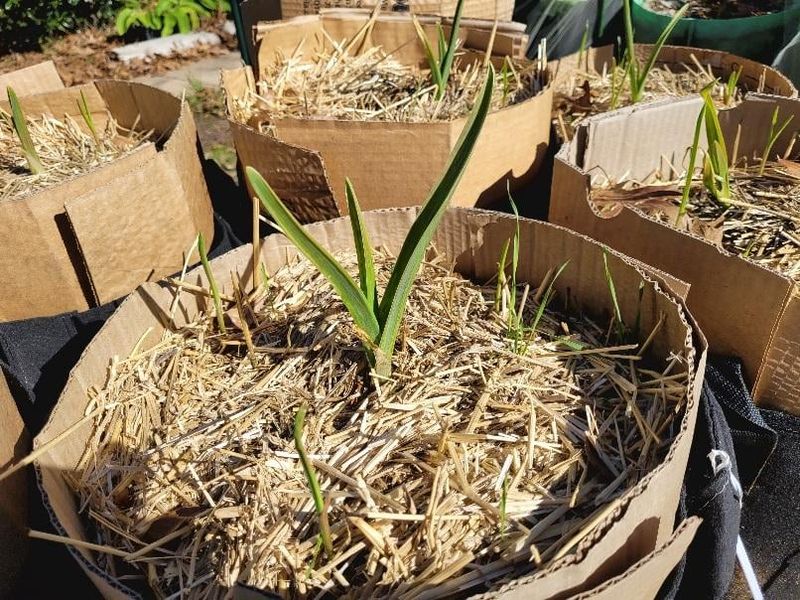Elephant garlic is a gardener’s dream—it’s easy to grow, tastes amazing, and produces huge cloves that everyone loves. Oregon’s fall season creates the perfect conditions for getting these bulbs into the ground.
When you plant at the right time, you’ll enjoy a bountiful harvest come summer, and your garden will thank you for it.
1. Cool Weather Triggers Strong Root Development
Fall temperatures in Oregon create ideal conditions for elephant garlic roots to establish themselves without stress. When soil stays cool but not frozen, roots grow deep and strong, anchoring the plant for months ahead.
Planting between September and November gives bulbs time to develop extensive root systems before winter dormancy sets in. Strong roots mean healthier plants that can access water and nutrients more efficiently.
By spring, your garlic will already have a head start, pushing up green shoots faster than spring-planted bulbs ever could.
2. Oregon’s Winter Chill Promotes Bigger Bulbs
Elephant garlic actually needs a period of cold weather to form those massive bulbs you’re hoping for. Oregon winters provide just enough chill hours to trigger proper bulb development without killing the plant.
Without this cold exposure, your garlic might produce only small, undivided rounds instead of the big, segmented cloves everyone wants. Fall planting ensures your bulbs get the full winter treatment they require.
Think of it as nature’s way of rewarding patient gardeners who plan ahead and work with the seasons.
3. Fall Rains Reduce Your Watering Workload
Oregon’s fall season brings reliable rainfall that keeps newly planted garlic bulbs perfectly hydrated without you lifting a finger. Natural rain soaks deep into the soil, encouraging roots to grow downward in search of moisture.
You’ll save time, money, and water compared to spring planting, when dry spells force you to drag out the hose constantly. Fall moisture also helps bulbs settle into their new home with less transplant shock.
Mother Nature does most of the work for you during these months, making gardening feel effortless.
4. Fewer Pests Bother Fall-Planted Garlic
Planting in fall means fewer insects are actively looking for tender young plants to munch on. Most garden pests have either gone dormant or died off by the time your garlic sprouts appear.
Spring-planted garlic faces waves of hungry aphids, thrips, and other bugs that can weaken plants and spread disease. Fall gives your elephant garlic a chance to grow tough and resilient before pest season arrives.
By the time bugs wake up in spring, your garlic will be strong enough to handle whatever comes its way.
5. Summer Harvest Timing Works Perfectly
Fall planting puts your elephant garlic on track for a mid-summer harvest when bulbs reach peak size and flavor. Harvesting in July or August means you’ll pull up garlic just as the lower leaves turn brown, signaling perfect ripeness.
Spring-planted garlic often matures too late in the season, missing that sweet spot for curing and storage. Summer-harvested bulbs cure beautifully in warm, dry conditions, developing the rich flavor and long shelf life you want.
Timing really is everything when it comes to growing garlic successfully in Oregon.
6. Fall Planting Maximizes Growing Season Length
Elephant garlic needs about eight to nine months from planting to harvest for maximum bulb size. Fall planting gives your garlic the full growing season it craves, from October through June or July.
Spring planting cuts that timeline short, leaving bulbs with only four to five months to develop before summer heat arrives in Oregon. Shorter growing periods result in smaller cloves and disappointing yields that leave gardeners frustrated.
Patience pays off when you plant in fall and let nature take its course through all four seasons.

